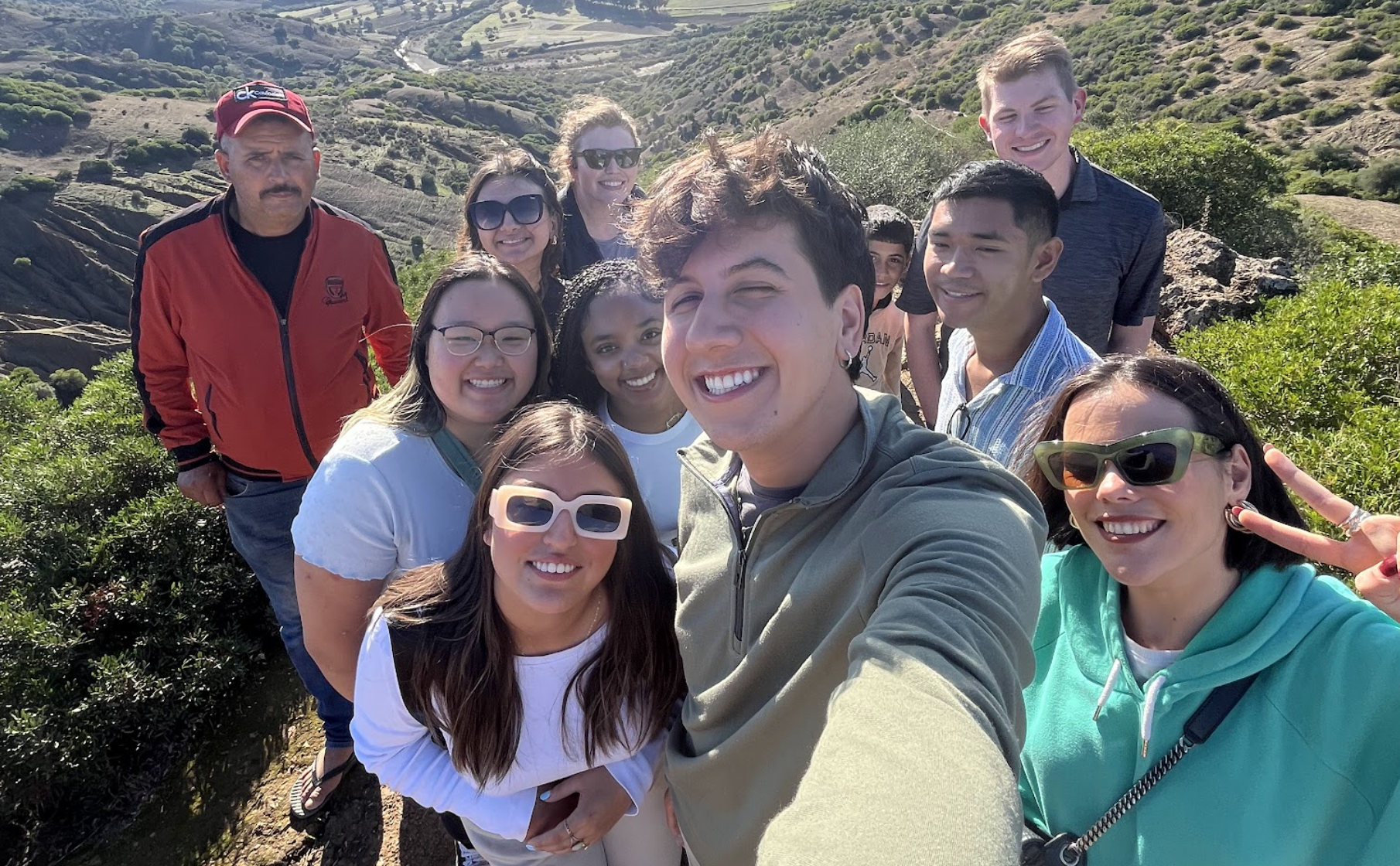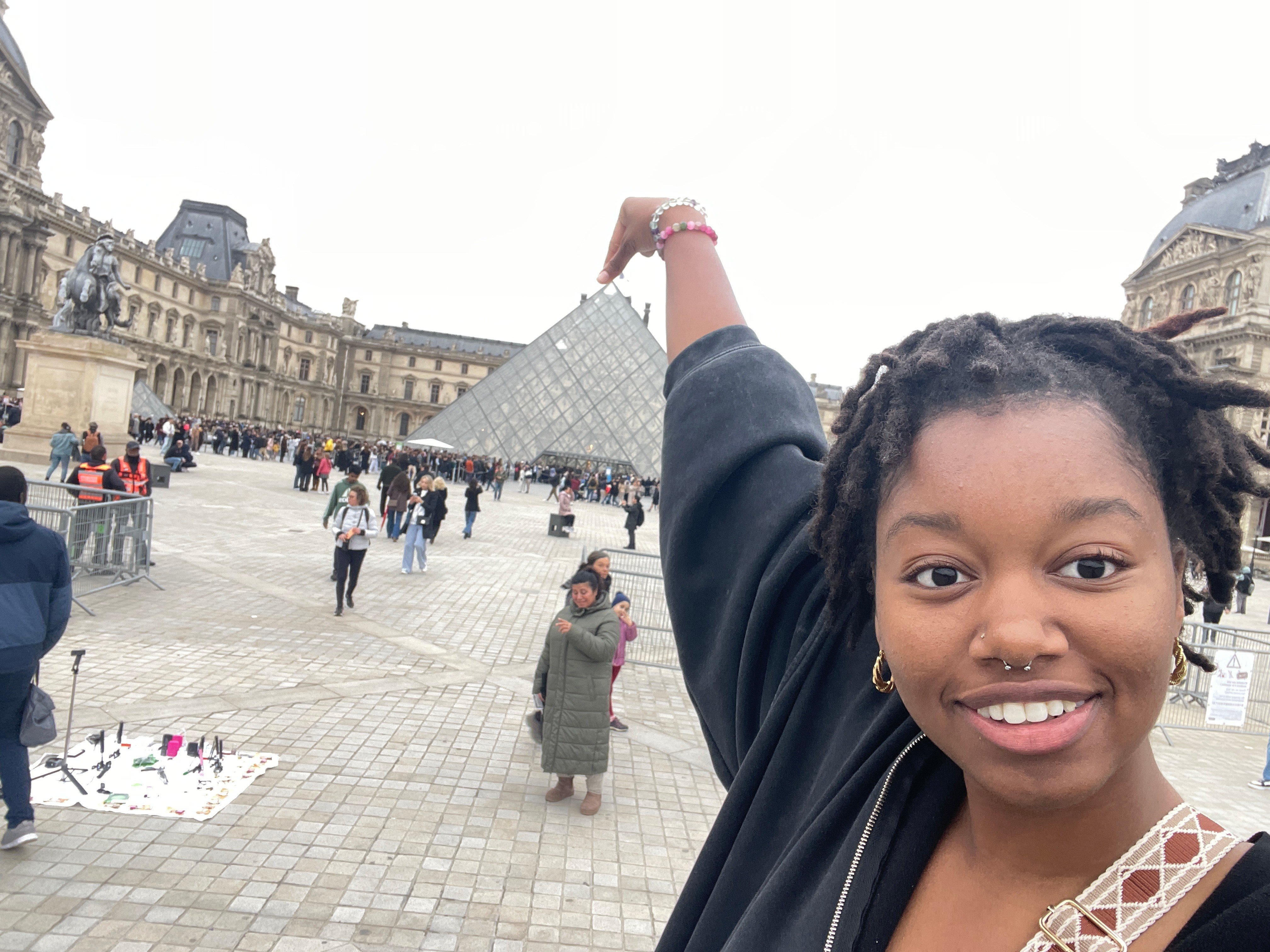By Savannah Henry, Guilford College
1. There are so many options. You’ve got the bus, the metro, the FGC Line, and the tram. Depending on where you’re living, these can all come together for an easy commute. The metro is always a bit crowded, but it has thirteen lines which bring a lot of flexibility. Like the metro, the FGC is a subway. It’s a quick observation that the FGC trains are more spacious and tidy. There are full pleather armrest seats, more than enough room for the passengers, and, in some trains, screens that tell you which station is next. (Not just a map print with a flashing dot.)
Don’t get me wrong though, the metro is part of an authentic experience. With the FGC, you usually have to wait somewhere between 7-10 minutes for the next train on your line, but with the metro, a train comes every three minutes. Trust me when I say, this makes a huge difference with your commute.
Then there’s the bus. I’m not exaggerating when I say that the interior is great quality. I’ve been on my fair share of buses across both the US and the world, and Barcelona has the cleanest ones I’ve ever been in. I don’t know if it’s more of a reflection on the locals or public transportation services, to be honest. If the metro or the FGC won’t get you to where you need to be, the bus will. The bus is also more sociable, which is good if you want to practice your Spanish. I’ve noticed that you can start conversations easily if you want to, but if you want keep to yourself, no one will interfere.
I’ve only ridden the tram twice, and that’s from a metro station to the top of the burro, Montjuich. It was a smooth, clean ride. It’s great that there are tram lines available because Barcelona has a pretty diverse terrain. Without the tram, you wouldn’t get to see some of the best parts of the city. In Montjuich, you’ve got Olympic history and the Miró museum (among many other things) and then across the city there’s the Serra de Collserola National Park that my class and I hiked after our cultural orientation.
For an example of these methods of transportation, here’s my commute to my classes:
- I walk from my homestay to the La Bonanova station and ride five stops to Pl. Cataluyna. Pl. Catalunya is where the metro, FGC, and road-rail all meet up together. It’s essentially the central hub of public transportation.
- Then, if I don’t feel like doing the seven-minute walk or the weather’s bad, I’ll transfer to the metro. With that, I’ll hop on the L1 Fondo (also known as, the red line) and go one stop to Uruinaona.
- What about the bus? My homestay is right by an FGC station, so I don’t normally take it. However, to get to my favorite coffee shop, Costa Café, I do need to take the bus.
- From my homestay, it’s a short walk to Ganduxer/ 1528 bus stop. Depending on which one comes first, I’ll hop on the 68 or V11, ride three stops, then walk a bit to the café!
2. The system is highly accessible to study abroad students. This shows itself in a lot of ways. The first being tickets and passes.
The program I’m in is just under ninety days, which works perfectly. Why? There’s a pass, the J-Hoven, which is eligible for anyone under twenty-five and covers unlimited rides on the bus, metro, FGC, tram, and Rodalines for ninety days. This pass costs 110 Euros, but it’s a money saver. Instead of having to buy individual tickets or daily/weekly passes, which add up fast, you’re covered for your entire time here. Secondly, the announcements also come in English. No matter the mode of transport you’re on, an announcement on the next stop, a change, or delay will be followed by an English translation. This is great because you get important information and it helps to associate common Spanish and English words together.
3. The people who work in Public Transportation are great. The first time I took the bus, I was so confused. I wasn’t sure how to present my pass… do I hand it to the bus driver or scan it somewhere? The driver picked up on this immediately and showed me how to insert my pass in a friendly and welcoming way. There’s also a lot of security. If I’m correct, I think I’ve seen officers at every station near different entrances and you’ll see them a lot on the actual train too. Don’t get me wrong, your most likely to get pickpocketed, especially if it’s crowded, if you aren’t attentive, but seeing law enforcement presence is a comfort.
Not to mention the woman who worked at the Gracia metro station who went above and beyond to help me out. I tripped and cut my knee pretty badly, when I went up to the woman I was clearly distressed, bleeding, and on the verge of crying. She didn’t think twice before scanning me through a door and bringing me to an employee bathroom with a first aid kit. She cleaned my cut and gave me a bandage then even helped me contact the BarcelonaSAE emergency line, as it was after hours, and explained the situation. She acted like it was no big deal at all, but to a young woman far away from home in a country with a language she isn’t fluent in, it was a big deal.
4. Last but not least, it’s easy to navigate. Download the app City Mapper and it will simplify the directions to where you need to go. This app will tell you the next few time’s your train/bus is coming, will give you a notification when your stop is next, direct you on how to change platforms, and even tell you where the best place to sit is depending on the time of day and number of commuters.
With that, the stations have clear and concise signs, directions, and announcements.
In the end, when you come to study in Barcelona, their public transportation system will be a great resource and help you to really immerse yourself.



